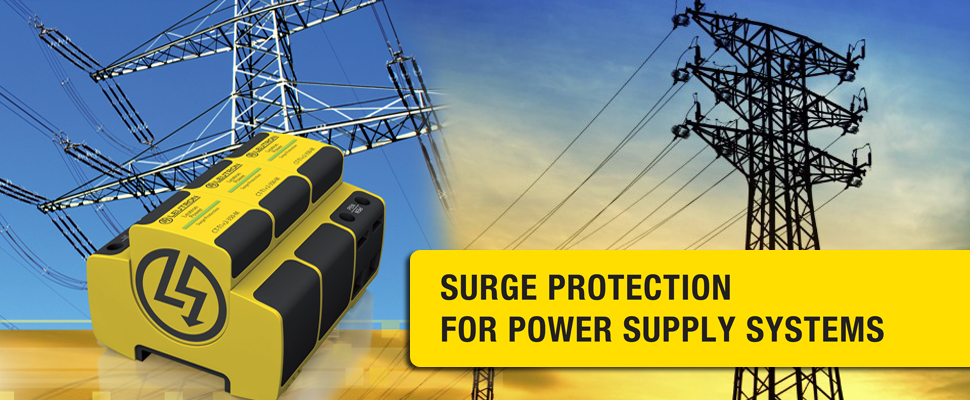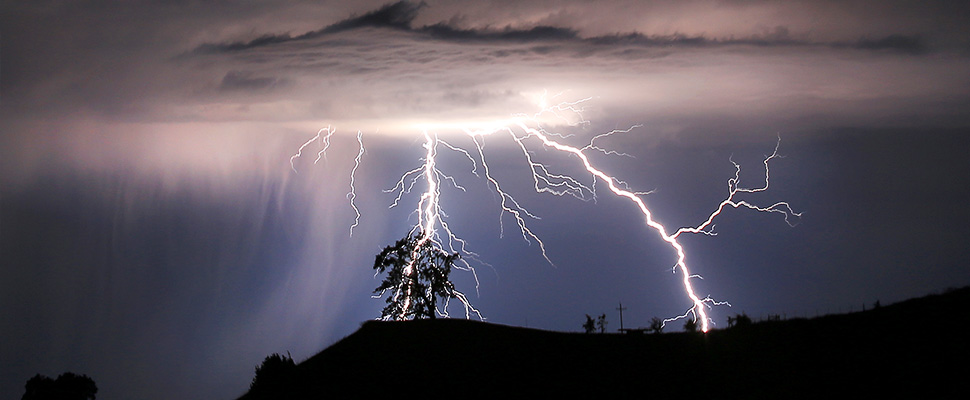Risk Assessment

The part IEC 62305‐2 is applicable to risk assessment for a structure or for a service due to lightning flashes to earth.
Its purpose is to provide a procedure for the evaluation of such a risk. Once an upper tolerable limit for the risk has been selected, this procedure allows the selection of appropriate protection measure to be adopted to reduce the risk to or below the tolerable limit. Lightning flashes to earth may be hazardous to structures and to services.
The hazard to a structure can result in
damage to the structure and to its contents,
failure of associated electrical and electronic systems,
injury to living beings in or close to the structure.
Consequential effects of the damage and failures may be extended to the surroundings of the structure or may involve its environment.
The hazard to services can result in
- damage to the service itself,
- failure of associated electrical and electronic equipment.
To reduce the loss due to lightning, protection measures may be required. Whether they are needed, and to what extent, should be determined by risk assessment.
- The risk, defined in this standard as the probable average annual loss in a structure and in a service due to lightning flashes, depends on: Its purpose is to provide a procedure for the evaluation of such a risk. Once an upper tolerable limit for the risk has been selected, this procedure allows the selection of appropriate protection measure to be adopted to reduce the risk to or below the tolerable limit. Lightning flashes to earth may be hazardous to structures and to services.
Its purpose is to provide a procedure for the evaluation of such a risk. Once an upper tolerable limit for the risk has been selected, this procedure allows the selection of appropriate protection measure to be adopted to reduce the risk to or below the tolerable limit. Lightning flashes to earth may be hazardous to structures and to services.
The first stage on the risk assessment is to identify which of the four types of loss (as identified in BS 62305-1) the structure and its contents can incur. The ultimate aim for the risk assessment is to quantify and if necessary reduce the relevant primary risk i.e:
- R1 Risk of loss of human life
- R2 Risk of loss of service to the public
- R3 Risk of loss of cultural heritage
- R4 Risk of loss of economic value







